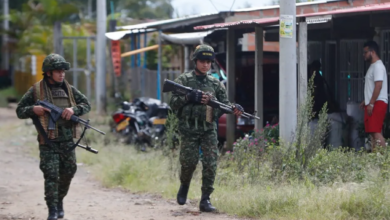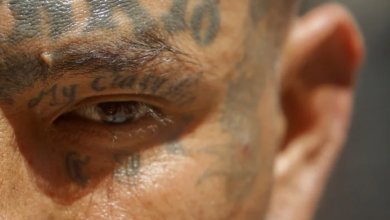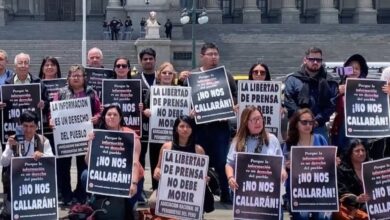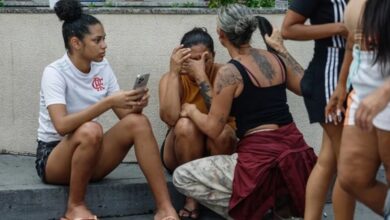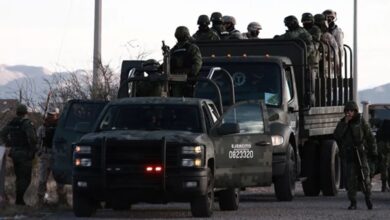Sumapaz After the Guns: In Colombia’s Highlands, Memory and Milk Flow Side by Side
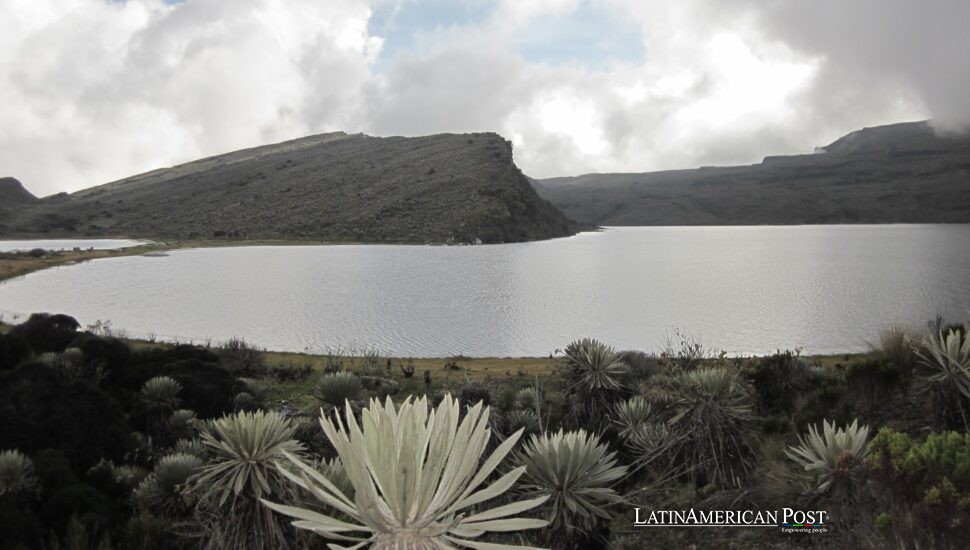
Colombia’s most extensive alpine plain once echoed with gunfire. Now, in Sumapaz, survivors of war are reclaiming the land—and their story—through vigils, sustainable farming, and testimony. Healing here isn’t loud or linear. It happens one truth, one pasture at a time.
From Strategic Ground to Scorched Home
To the untrained eye, Sumapaz is pure postcard: a sea of frailejones stretching toward the clouds, mist swirling through potato fields, cows grazing under glacier-fed light. But for decades, this rural district just south of Bogotá was anything but peaceful.
In the 1990s and 2000s, Sumapaz became a battlefield. Whoever controlled its ridge roads controlled access to Colombia’s capital. So when the army launched Operación Colombia in 1990, the FARC guerrillas didn’t retreat—they dug in. Ambushes, land mines, and forced disappearances turned the páramo into a death corridor.
Isis Katherine Espitia, who lost her mother, Councilwoman Fanny Torres, to gunmen in 2009, remembers that era in granular detail. “We were victims from both sides,” she told EFE. The military saw villagers as insurgent sympathizers. The rebels saw anyone with a local office or legal title as a threat.
When the violence peaked, 10,000 people were trapped, and some 22% of the population fled. The cows were left to wander. The school bells went silent. And every sunrise carried more dread than hope.
Stitching Life Back Together
The murder of Torres wasn’t an isolated event. Fernando Morales, another councilmember, was gunned down with her. A year earlier, Guillermo Leal Mariño was abducted and later found dead after being taken by FARC fighters. These were not just political assassinations—they were body blows to a tiny community’s structure.
Carmen López, Leal’s widow, recalls how everything unraveled: “Cultural events stopped. The women’s collectives dissolved. The economy died.”
Now, she leads the Effective Participation Table of Victims, organizing therapy circles and candlelight vigils. These aren’t just rituals—they’re slow stitches in the community’s civic fabric. Psychologists from the National University monitor and document these acts as vital tools of “collective coping.”
In academic terms, this is called “everyday interdependence.” In Carmen’s terms, it’s survival. “We had to hold things together when the men were fighting, gone, or too afraid to speak,” she says.
The result is something rare in post-conflict zones: memory work led not by outsiders, but by the same women who nursed the wounded and buried the dead.
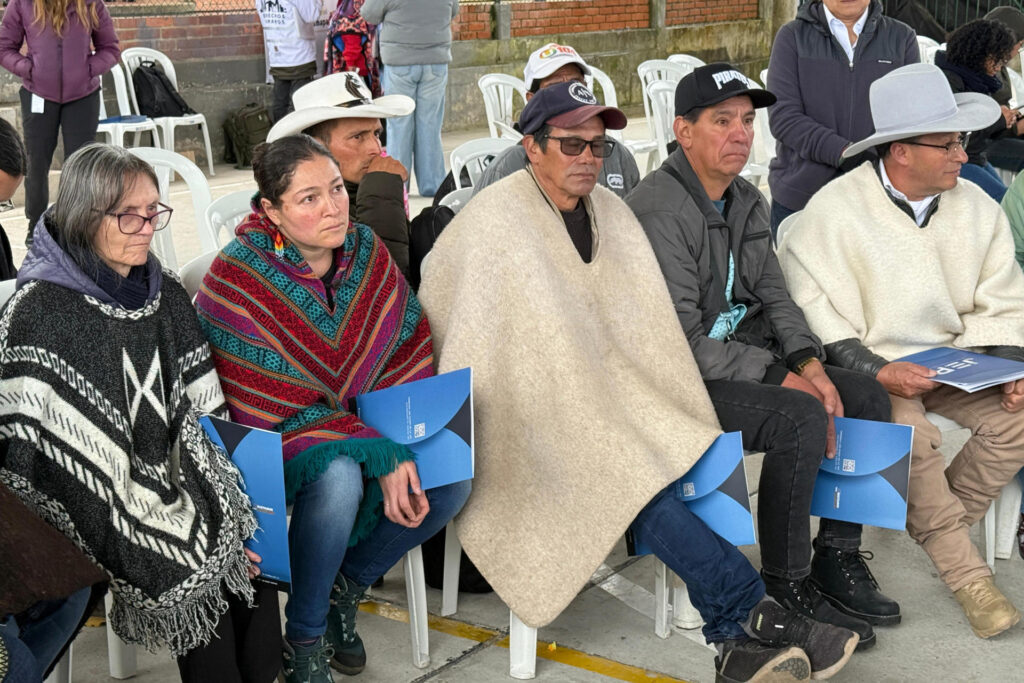
Justice, in Robes and Rubber Boots
In June, something historic happened. A caravan of SUVs made its way up the mountain. Inside were judges from the Special Jurisdiction for Peace (JEP)—the transitional tribunal created by Colombia’s 2016 peace accord. They came not just to listen but to formally accredit Sumapaz as a victim community.
Magistrate Camilo Suárez explained the significance: this wasn’t just about giving survivors a place to speak. It gave the community legal standing to demand reparations: roads, schools, clinics, and above all, public recognition.
For López, who used to hide at the sound of boots approaching, the sight of robed judges in her town square was nothing short of surreal. “We finally believe justice might climb up here,” she said.
Legal scholar Catalina Botero calls the accreditation “a reversal of years of stigma.” These aren’t guerrilla strongholds anymore—they’re legal claimants, asking the Colombian state to acknowledge the weight of its silence.
Between Memory and Milk: A Future in the Making
Healing doesn’t just happen in courtrooms. It’s also on display in fields where milk production has started to recover, though grazing paths remain laced with land mines. Colombia’s Office for Integral Mine Action lists 47 demining tasks still pending in Sumapaz.
But recovery isn’t just about restoring the old ways—it’s about adapting to new threats. With climate change shrinking glacier runoff, the delicate páramo soil faces erosion and water scarcity. That’s why local co-ops now combine peacebuilding funds with agro-ecological workshops. Farmers learn drip irrigation, rotate quinoa into their potato fields, and monitor soil health with the same diligence they once reserved for watching patrol routes.
Sumapaz’s next milestone is a truth-clarification hearing with former FARC commanders. Espitia wants to ask: Why my mother? López wants a public statement that councilmembers like hers were not enemy spies. “We need them to say it, out loud, so our children stop carrying the blame,” she insists.
Transitional justice experts agree: symbolic reparations matter. They don’t replace what was lost, but they clear space for something new to grow.
At dawn, Sumapaz still hums with cowbells and frost, but there’s a rhythm now—one shaped by pasture schedules, student assemblies, and anniversary vigils. The rifles may be gone, but the grief remains. So does the strength.
Down in Bogotá, most of the city’s 11 million residents will never visit the páramo, even though it technically lies within their municipality. But the yogurt they buy, the cheese they slice, and the milk poured into their café con leche often comes from there.
Each liter is quite proof: recovery is real, even if it’s fragile—one cow, one vigil, one court filing at a time.
Also Read: Latin American Hit List 2025: Billboard’s Top 25 Songs Revealed
Credits: Reporting based on EFE interviews with Isis Katherine Espitia, Carmen López, and Magistrate Camilo Suárez; data from the Special Jurisdiction for Peace, Colombia’s Office for Integral Mine Action, and Externado University; psychological analysis from the National University of Colombia and legal commentary from Catalina Botero.

